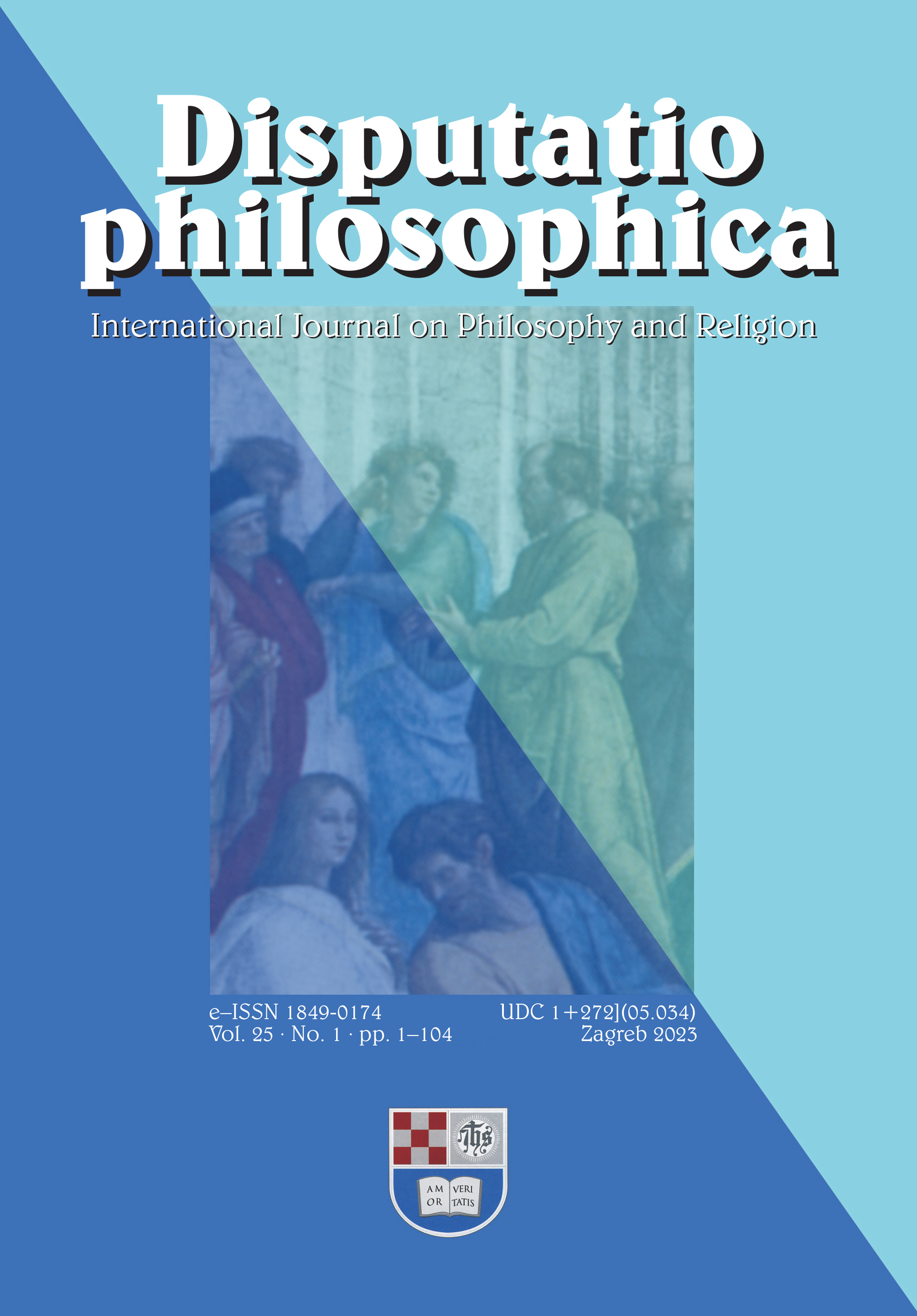
We kindly inform you that, as long as the subject affiliation of our 300.000+ articles is in progress, you might get unsufficient or no results on your third level or second level search. In this case, please broaden your search criteria.

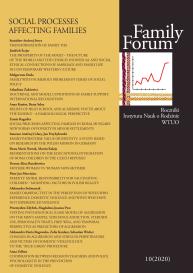
Der Artikel beschäftigt sich mit dem Thema Patriotismus in polnischen Einwandererfamilien im Kontext soziokultureller Verhältnisse in Deutschland. Ziel der Studie war es, den in Familien kultivierten Patriotismus zu erforschen und die Frage zu beantworten: Handelt es sich um einen Wert, der die Wahrung der nationalen Identität ermöglicht? In dem Artikel wurden die Ergebnisse einer soziologischen Studie (Umfrage), die man bei der polnischen Mission in Deutschland durchführte, verwendet. Das zusammengetragene bibliografische Material wurde für die kritische Analyse der Studie herangezogen.Basierend auf den Forschungsergebnissen stellt man fest, dass der polnische Patriotismus, der von der deutschen Sozialkultur und Religion unter Berücksichtigung der herkömmlichen Umstände verifiziert wurde, seine Authentizität bewahrt und vor nationalistischen Einstellungen schützt. Daher bleibt der Zusammenschluss von Glauben und Polentum tief im polnischen Patriotismus verwurzelt, das authentische und universelle Erbe, das in polnischen Familien an nachfolgende Generationen weitergegeben wurde, vertretend. Aufgrund der durchgeführten Untersuchungen lässt sich bestätigen, dass Patriotismus auch in polnischen Familien in Deutschland gepflegt wird. Patriotismus sollte vor allem in der Familie vermittelt werden, deswegen sollten Eltern die religiösen Traditionen (Glaubenserziehung) mit den nationalen Traditionen (polnische Bräuche und Kultur) verbinden.
More...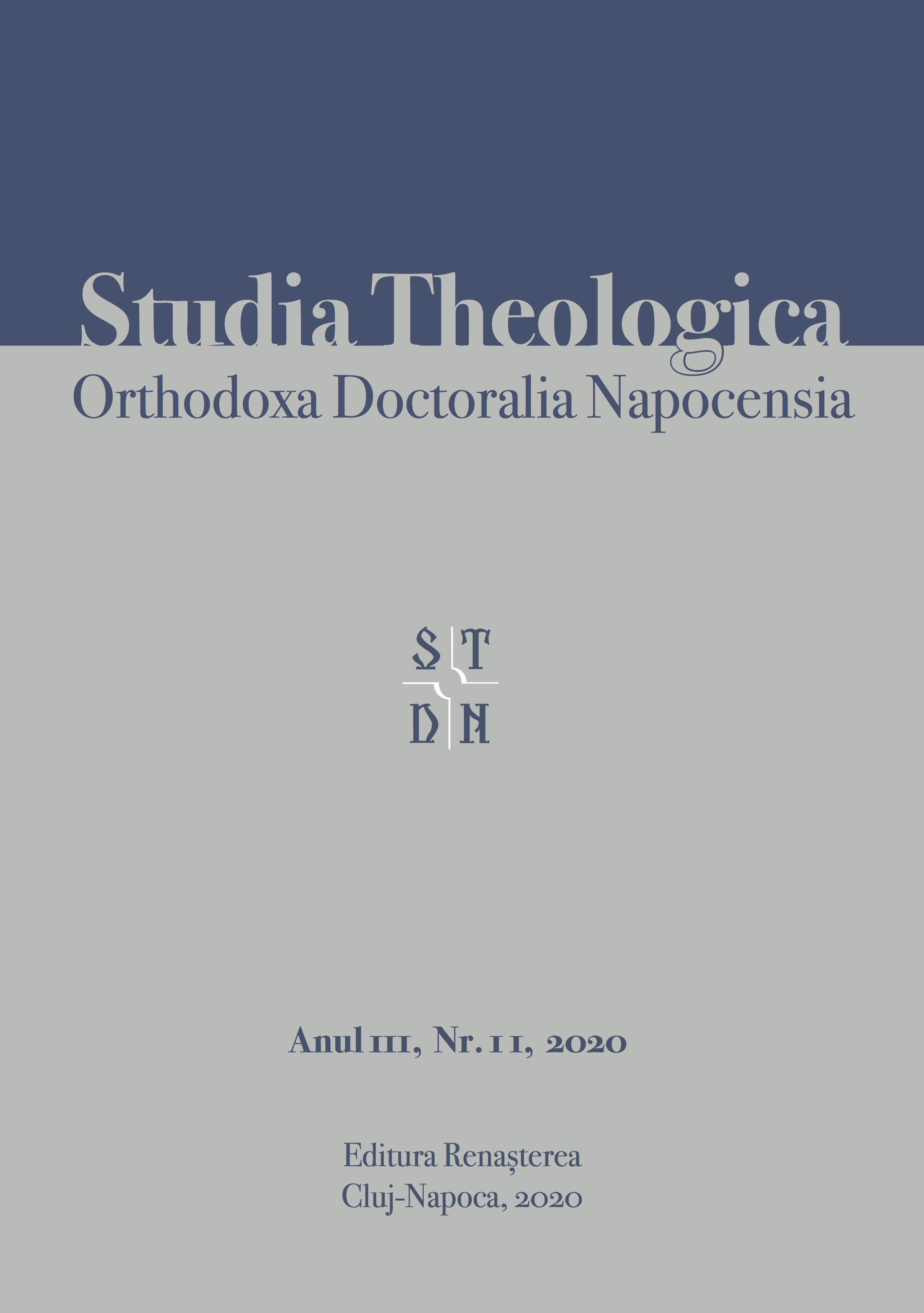
The unconscious is one of the concepts of high interest, both for science and theology. The interest shown for the study of the unconscious is found in works conducted by specialists in philosophy, psychology, psychoanalysis and neuroscience. At the same time, in theology it is found predominantly in patristic writings but without an explicit mention of the name of the unconscious, which the science uses. The increased interest in this concept is justified by the complexity of this little-known dimension of man. Also, as the unconscious dimension is of both psychological and spiritual nature, the development of the study of the unconscious in theology is a necessity. This paper sheds light on the most relevant considerations regarding the study of the spiritual unconscious in the pastoral work. In this sense, the paper deals with the most relevant perspectives on the metaphysics of the mind because the unconscious is often associated with the mind and the psyche, as well as some aspects specific to the unconscious in philosophy and psychology. Also, the most relevant aspects of the spiritual unconscious and its dimensions, the “theophilic” unconscious and the “misotheistic” unconscious, were analysed, in order to identify the most important opportunities regarding the study of the spiritual unconscious in the pastoral work.
More...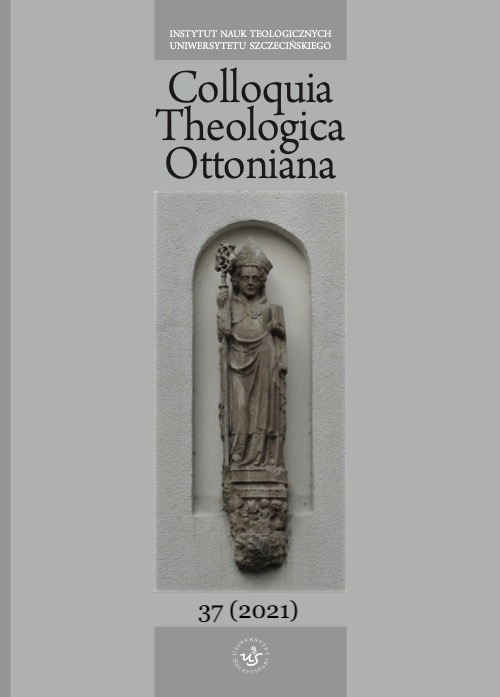
The mediatisation of reality has embraced societies and institutions, including religious institutions and religion. This has increased the importance of religious communication, which is part of a broad and complex process of social communication. Its strong position and importance have grown with the development of communication technologies and the popularity of the mass media, especially during the COVID-19 pandemic. The decrease in the number of believers in churches in Poland in March 2020 made the media the dominant platform for religious communication. The processes of the mediatisation of religion and the mediatisation of the Roman Catholic Church in Poland strengthen the position of the media in the transfer of religious content and in creating the image of a church institution. The emergence of COVID-19 in Poland in 2020 triggered a reaction from numerous institutions, including the media. On the official website of the Polish Bishops’ Conference, numerous administrative and pastoral messages appeared, which constituted a specific instruction for the faithful from both the pastoral and institutional perspectives. They were also of interest to the media and the public. The dominance of administrative and pastoral texts published on the website episkopat.pl in the analysed period is in line with the nature and mission of the Church, which cannot be reduced to either a temporal and institutional perspective or a spiritual and salvific perspective alone. The analysis of the content quality allows us to notice a slight shift of emphasis towards the temporal perspective, while in the analysed messages, institutional language, defined by the author as the “language of distance,” prevails.
More...
The period of social isolation due to the pandemic limited the opportunities for meetings between small and large communities and left a deep mark on the form of experiencing the spirituality of communion, which is one of the most characteristic features of the post-Conciliar Church. An example is the Focolare Movement, where the privileged path to union with God is the relationship of love for one’s neighbour, in which Jesus’ promise is fulfilled that he stands among those gathered in his name (cf. Mt 18:20). Chiara Lubich, the founder of the Focolare, saw in modern technological advances the possibility of developing Christian love, which by its nature is universal. The period of the pandemic marked an unexpected breakthrough in this aspect, as well as in the wider understanding and practice of ecclesial communion. The abolition or prolonged limitation of physical meetings has led to the intensive use of other means of communication, making the virtual space a potential place for communal spiritual experience and concrete action for the benefit of others. A remarkable event in its course and fruitfulness, carried out remotely, was the General Assembly of the Movement, which, according to the Statutes, takes place every six years and is the supreme organ of power. The common discernment typical of Focolarini implies, as a fruit of mutual love, the presence of the Risen One, who makes the voice of the Holy Spirit resound with all power. The adaptation of the forms of the spirituality of communion to external circumstances shows an irresistible need to share a spiritual experience and, if it is authentic, leads to a deepening of the relationship with God and between persons, despite the difficulties.
More...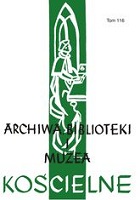
The article presents selected aspects of the social and religious life of the Roman Catholic community of Lviv in the Soviet Union over the years 1945-1991. The Catholic Church in the Polish territories annexed by the USSR was subordinated to communist legislation, which fought religion and spread atheism. Ecclesiastical structures were dismantled, and the clergy and believers were repressed. Despite this, the Church as a community of believers continued and used various opportunities for continued activity. The article presents the attitudes of the Lviv clergy towards the Soviet authorities and their covert pastoral activity among the faithful. Particular attention was paid to the clergy who became symbols of the Lviv pastoral care after World War II. They were priests: Karol Jastrzębski, Stanisław Płoszyński, Zygmunt Hałuniewicz and Rafał Władysław Kiernicki, a Franciscan.
More...
Understanding contemporary catechetical debates and challenges requires taking an analytical look at the creation and evolution of the catechism centred on faith concept, which was established in the 16th century and which served as a model for four centuries. This study gives an approach on the creation of catechism as a manual and as a specific pastoral practice dedicated to children. Furthermore, it presents the main lines of the catechism of the Council of Trent and the main aspects of the catechism of the 17th and 18th centuries. The 16th century was the century of the Reform. This process was directly experienced by the population, who witnessed it as a real breach for the Christianity, a simultaneous political, social and religious breach, all these four characteristics being closely linked at that time. Today, we certainly find it difficult to imagine this breach. But historians such as Jean Delumeau tell us that this Reform, as well as the following Catholic Reform constituted the response to a challenge: a changing world which is transforming radically. From this fascinating period, let us retain the elements, which seem essential to us to understand the atmosphere around the evolution of the diffusion of the faith “elements” and in particular the setup of the catechism framework, as well as its content. The new methods of printing and distributing books bring about a new relationship to knowledge. Along with humanism, the idea of personal faith is being developed. Salvation by collective membership in the Church is no longer enough. It is in this context that the first catechism manuals will be born. The manuals included the theological elements considered essential, generally organized in five chapters: the articles of the Credo (the Nicene-Constantinopolitan Credo), the Sunday prayer, the Pater Noster and the Ave Maria prayers, the commandments of God and of the Church.
More...
Reviews of: 1. Kovár, Branislav. „Sila zániku: Kolapsy starovekých a stredovekých spoločností“, Bratislava : Premedia, 2020. 264 p. ISBN 978-80-8159-896-8; 2. Slepička, Martin. „Úcta k svatému Jeronýmovi v českém středověku. K 1600. Výročí církevního otce svatého Jeronýma“, Ostrava : Repronis s.r.o., 2021, 235 p. ISBN 978-80-7329-464-9; 3. Vodička, Ondřej. „Exil českého a moravského duchovenstva za husitských válek“, Praha : NLN, 2019, 275 p. ISBN 978-80-7422-703-5; 4. Laslavíková, Jana. „Mestské divadlo v Prešporku na sklonku 19. storočia. Medzi provinciou a metropolou“, Bratislava : Hudobné centrum; Historický ústav SAV, 2020, 356 p. ISBN 978-80-89427-47-5; 5. Kázmerová, Ľubica. „Príbeh učiteľa. Jozef Sivák v školských službách 1918-1944“, Bratislava : Historický ústav SAV; VEDA, vydavateľstvo SAV, 2019, 108 p. ISBN 978-80-224-1749-5; 6. Ilievová, Ľubica et al. „Prvá ošetrovateľská škola v Bratislave v prizme pastoračnej charizmy Kongregácie milosrdných sestier Svätého kríža“, Trnava : Teologická fakulta Trnavskej univerzity, 2020, 182 p. ISBN 978-80-8191-271-9; 7. Šmíd, Marek-Petráček, Tomáš. „Vatikán a druhá světová válka“, Brno : Centrum pro studium demokracie a kultury, 2021. 163 p. ISBN 978-80-7325-518-3; 8. Glossová, Marta. „Nespôsobilý na vysokoškolské štúdium“. Previerky a vylučovanie študentov slovenských vysokých škôl v rokoch 1948-1960. Bratislava : Ústav pamäti národa, 2021. ISBN 978-80-8933-594-7.
More...
Report from the scientific symposium Synodality in the life and the mission of the Church, Krakow, May 5th, 2022
More...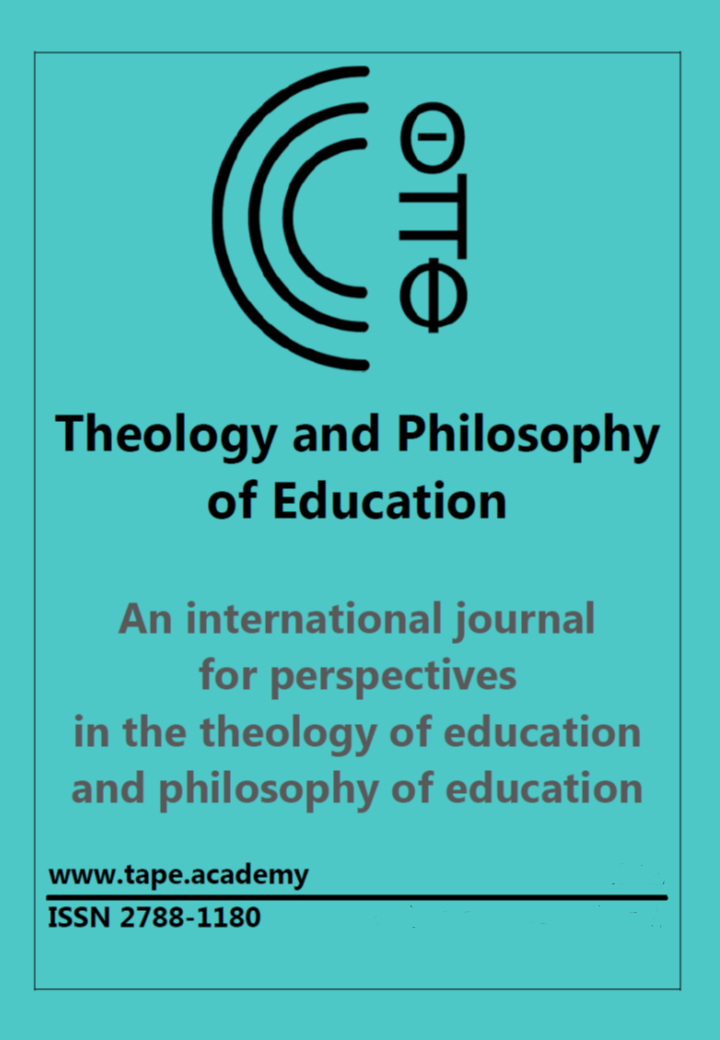

Theology of education regards the growth in the journey with God and being with God and others. Gravissimum Educationis (GE) calls for moral learning in education, and specifically Christian education so Christians grow in God, become more Christ-like (theosis) and an active participant in society, thus bringing Christianity to the world. The document also encourages different theological means of communicating the faith to educate Christians and reach out to others. This paper identifies both of these themes in GE, focusing on the early sections of the document.
More...
The township of Clopotiva from Hațeg County benefited from two complex studies on village life, completed in the first half of the 20th Century, under the auspice of the Romanian Academy, titled: Clopotiva: a village from Hațeg, two volumes published in 1940, in Bucharest, under the supervision of Ion Conea; together with: Anthropological Research in Hațeg Country: Clopotiva, A Monography, published in Bucharest, 1958, under advisement from Șt. M. Milcu and Horia Dumitrescu. These are references to places, habits, traditions, and family genealogies during that period, also recalling some particulars of the religious life up to that point in time.In that community there was a traditional medieval stone church. At the middle of the 16th Century, the edifice was taken over by the reformist church. However, disputes between Calvinist “Magyar Nemeși” [refers to Hungarian (Magyar) nobility] and the orthodox village congregation (latterly, The United Church) were avoided by switching ownership back and forth until the year 1759, when there was a canonic visit by bishop Petru Pavel Aron. The edifice no longer served its religious function, and was demolished in 1860, while a Calvinist church was built the same year, which was transferred to the Orthodox Church in 1957, under the protection of Pious Saint Paraskeva. Romanians were compensated for the donated edifice through a land donation from the reformed vice-chairman Pogány Iános. On that land, the present-day church was built between 1768-1770, dedicated to St. John The Baptizer, under the shepherding of united priest Ioan Popa. The church turned orthodox after 1948.This paper aims to face readers with the parochial activity in the same location - this time during the 19th Century - focusing on the Pop-Bociat religious family, which managed to leave a significant imprint (spiritual and material) on the shepherded religious community. Using novel published documents from various national archives, it was possible to recreate the blood relationship between clerics Mihail and Avel Pop-Bociat, the latter promoted parish priest in Grădiște (Sarmizegetusa) and dean of Ulpia Traiana.Of course, this presented study can be continued with dates lost in other archives, patiently waiting to be of a use which can be an enhancement - either by confirming, or contradicting hereby presentation.
More...
Do tradycji Wydziału Teologicznego Katolickiego Uniwersytetu Lubelskiego Jana Pawła II w Lublinie należy „Tydzień Eklezjologiczny”, który odbył się po raz 54. w dniach 17-19 maja 2022 roku i został zorganizowany przez Koło Naukowe Teologów KUL (dalej: KUL KNT) pod hasłem „Kościół Świętych”. Sympozjum rozpoczęło się uroczystą Eucharystią pod przewodnictwem Ks. Abp. Stanisława Budzika Metropolity Lubelskiego i Wielkiego Kanclerza KUL. Ksiądz Arcybiskup podkreślił w homilii, że Chrystus jest źródłem i dawcą wszelkiej świętości, oraz wskazał, iż Kościół ukazuje powołanie do świętości jako powszechną drogę, i zaprosił, aby wołać o świętych i nimi się stawać przez bliskość z Chrystusem i Jego Kościołem.
More...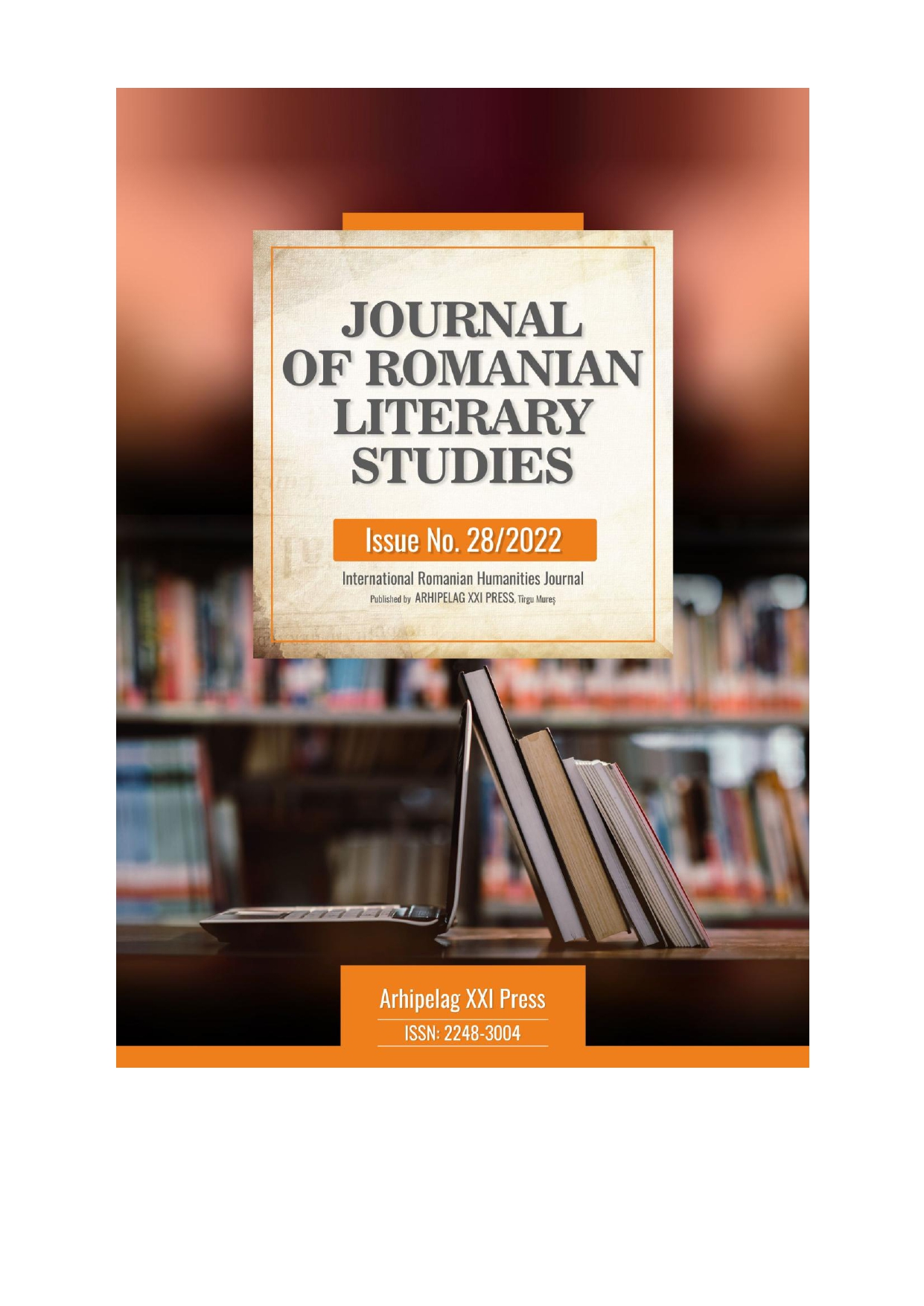
We go to the encounter with Christ with disinterested, enlightened, unlimited faith. This is how the faith of a true Christian must be: it must have as its center not one's own self, but the infallible word of God. We believe because God is true and because He has spoken. We believe in faith, not because we can control its truth directly, but only relying on God, who in his sublime intelligence can neither deceive nor deceive us, and who in his great goodness wanted to reveal truths inaccessible to the human intellect alone. The individual and the community must strengthen their faith with a profound study of the revealed truths, adequate to their intelligence and responsibilities.
More...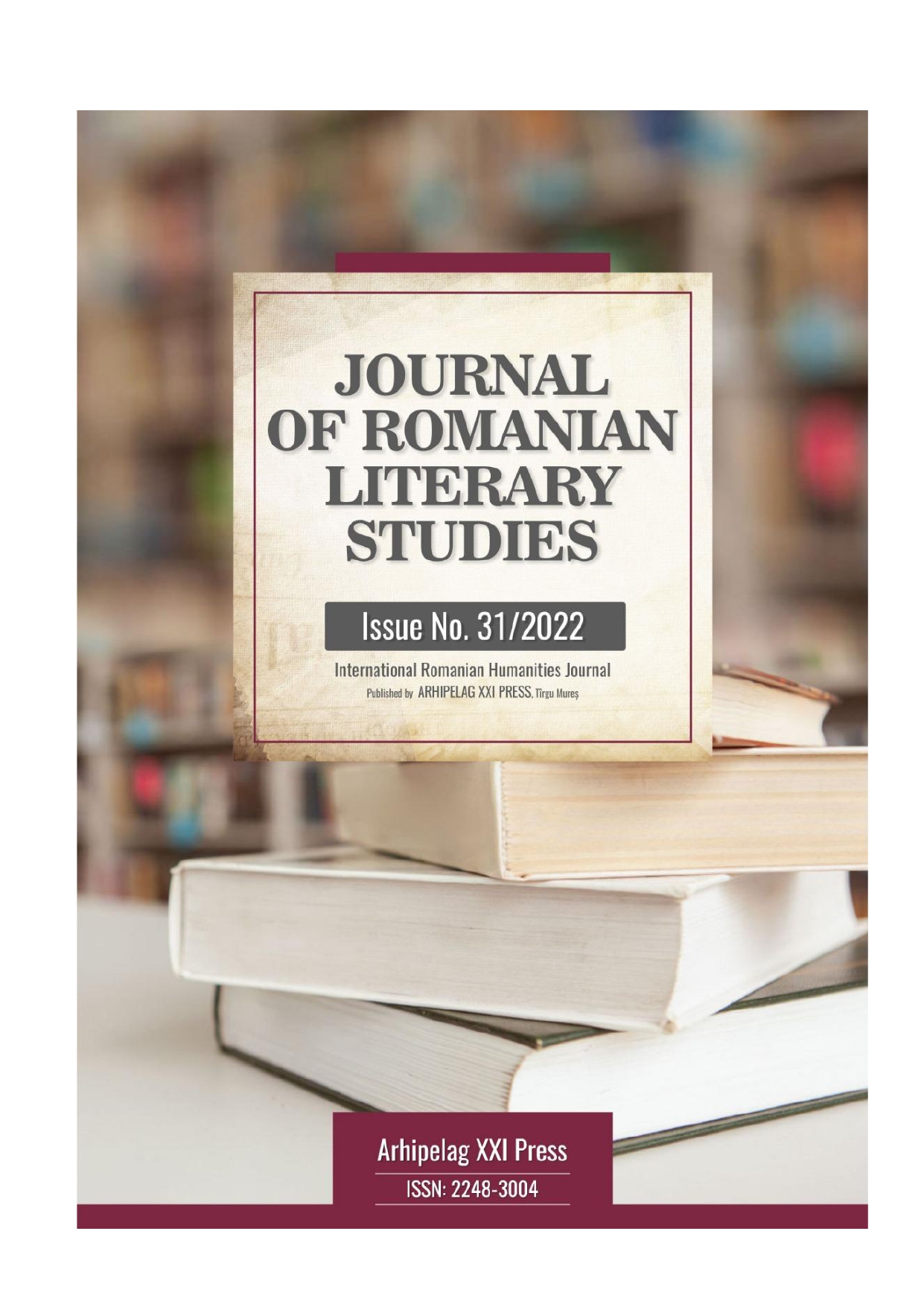
A particularly important figure in the history of the Church, Metropolitan Veniami Costachi contributed to the regeneration of Romanian culture in the first half of the 19th century through a prodigious activity of translating and printing books in Romanian language. Interested by any activity that could have helped the development of Moldavia, the hierarch supported not only the printing of church writings, but also a series of secular writings, especially in the field of history.
More...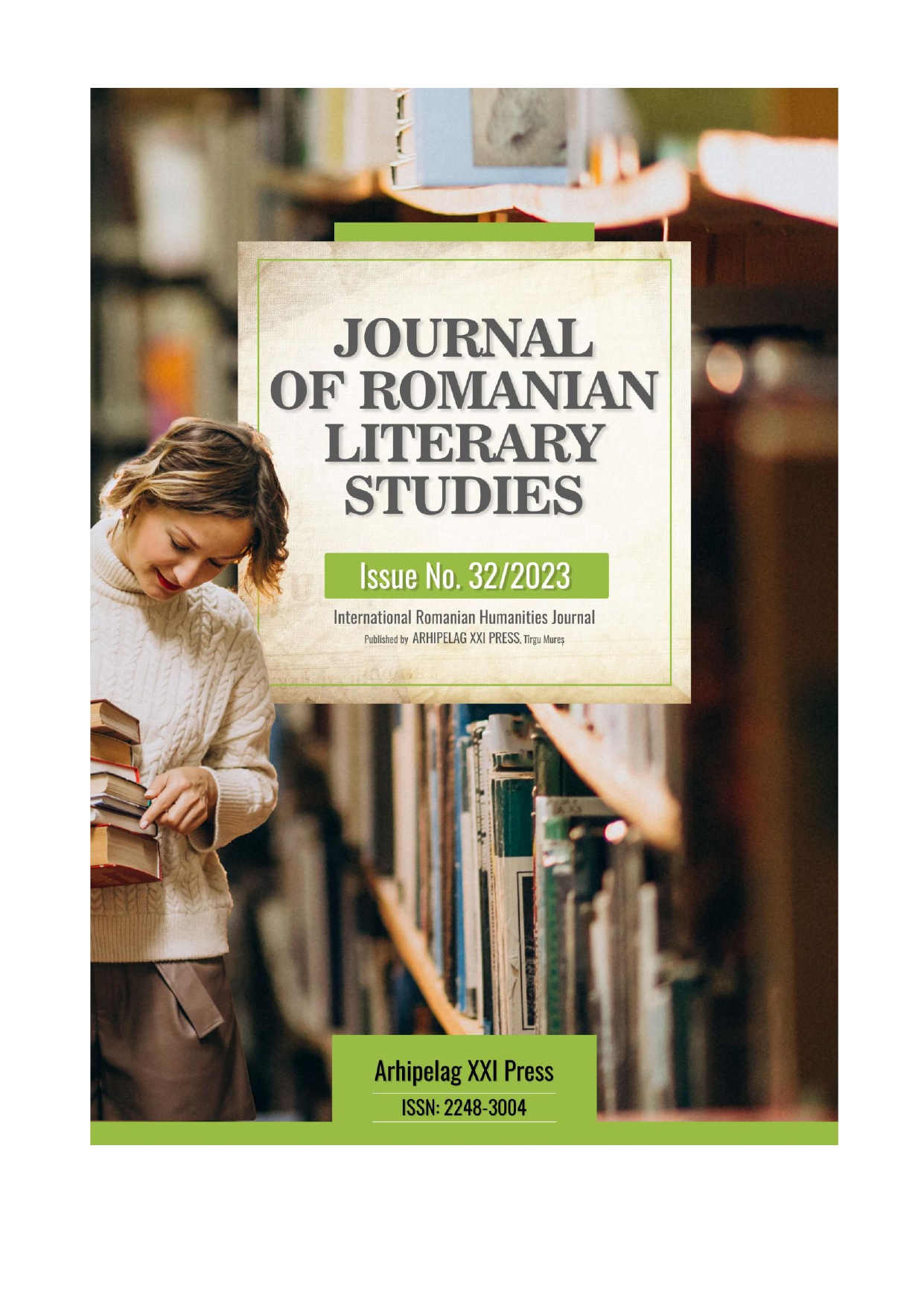
Neofit and Filaret Scriban, two very well-known Romanian clergymen, had an important contribution in that defining historical episode for what is today called Romania. Although they did not have a main role in the unfolding of the events that led to the Union of the Romanian Principalities, the Scriban brothers had an indisputable role. By their erudition recognized by all, by the fact that they were factors in the formation of public opinion through their writings and speeches, Neofit and Filaret can undoubtedly be considered as having a well-deserved place among the makers of the Union of 1859. What some historians called the "current of the Scribans" is an indisputable historical fact, an expression that demonstrates the fact that these two Romanian clerics left a contrasting imprint of their personality, culture, patriotism and faith.
More...
The Holy Fathers, desiring that young people enjoy a joyful life on this earth, but also be heirs of the Kingdom of Heaven, paid particular attention to their formation. Through their writings dedicated to young people, the Holy Fathers have shown that they are called to follow the life of Christ, the greatest Teacher of all time, and that an education which helps the young person to live here beautifully but also to acquire Eternity with God is a true art. St. John Chrysostom understood by the art of education that permanent concern for the salvation of the soul entrusted to him for formation, the purpose of education being the preparation for eternal life. The Holy Fathers emphasize that education must help the young person to know and cultivate in his life the Christian virtues, and this is greatly strengthened by the model provided by those who form the young person. The great Romanian teacher and scholar of the last century, Simion Mehedinți, born into a genuine Christian family and having relatives who were priests, understood the particularly important role that knowledge and living the faith plays in the full formation of the young person. Through his writings, conferences and all his teaching activity, Mehedinți worked for the moral edification of young people, being fully convinced that the foundation of the young person's formation must be the Holy Gospel which "like a spring of clean water, which quenches thirst, is a fountain of wisdom for young and old, for the learned as well as the unlearned, for the rich as well as the poor .... and he who hears her words and weighs them carefully cannot fail to become wiser, better and happier". This study aims to present some of the Christian principles on the formation of young people drawn from the works of Simion Mehedinți and to answer questions such as: What is the role of the family in the formation of young people? What are the duties of a true educator? What Christian principles are found in Simion Mehedinți's work?
More...
Increasingly, we see that the contemporary man, in order to define his role in society, seeks to progress as much as possible professionally, seeks to keep up with the "fashion" in terms of technology, is assimilated by the commercial side of society. All these factors lead to his dissipation. The spiritual side is often neglected or treated with indifference. This way of life is especially aimed at young people, those who are just starting out, who can easily be moulded to the demands of the times. With all these temptations from the outside, the Church comes with a superior proposal, urging young people to a different knowledge, a perfect one, the experience life in God. The Saviour Jesus Christ says: "This is eternal life, that they may know you, the only true God, and Jesus Christ whom you have sent" (John 17:3). We often hear in society, especially in the media, the idea that the Church, as an institution with social concerns, (unfortunately consumer society cannot perceive it as a divine-human reality) is unable to communicate with the young people within it. This paper aims to establish some frameworks to demonstrate that the Church is concerned with the spiritual and even intellectual formation of young people through catechesis. From its experience of more than 2000 years since the "moment of Pentecost", the Church has always known how to listen, to guide, to teach, to correct mistakes, to offer people what no other human institution has offered, a different kind of existence. A superior existence in Christ.
More...
The question about the role of a woman in the Church is asked in the context of the world and triggers its problems. And the modern world has difficulty accepting roles, requirements and interdependence, but also in appreciating every day, arduous effort aimed at the common good. The context for answering the question should also be the parallel definition of the roles of other members of the community - men, priests, nuns. And of course, there remains the question of why the question is asked and whether the answer is consistent with the one given in real life.
More...